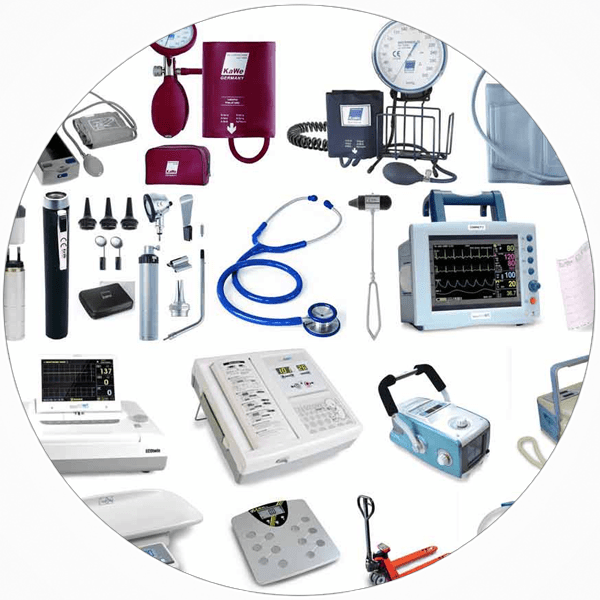Table of Content
Medicare typically covers skilled nursing care and rehabilitative services, which may include physical therapy, occupational therapy, and speech therapy. Depending on your needs, additional services like medical social services, durable medical equipment, medical supplies, and other in-home services may also be covered. You can have group health plan coverage or retiree coverage based on your employment or through a family member.

And a typical plan pays out $3,500 to $5,000 a month in benefits. The maximum benefit is then based on the monthly benefit amount and benefit period. For example, a long-term care policy with a $5,000 monthly benefit and a three-year benefit period would have a maximum benefit of $180,000.
What wound care supplies aren’t covered?
But nothing has changed about eligibility for the deduction itself. From 2011 through 2019, individuals were not able to use tax-advantaged money from an HSA for over-the-counter drugs that were not prescribed by a doctor. But that changed in 2020 due to theCARES Act, which also changed the rules to allow HSA funds to be used to purchase menstrual products. Deposits to your HSA are yours to withdraw at any time to pay for medical expenses not paid by your HDHP. Track recent state actions to extend Medicaid postpartum coverage beyond the required 60 days. Some wound treatment plans include debridement, or removal of dead skin from around the wound.
Note that home health care is the only type of home care that involves skilled nursing or therapy services. Standard home care does not include any type of medical services. Those in need of skilled nursing care, medication administration, or physical or occupational therapy should look into home health care rather than regular home care. We’ve created this guide to help you better understand home care services and navigate the caregiver hiring process. Below, you’ll find detailed information on the types of home care, how much home care costs and how to pay for it, signs it’s time for in-home care, and how to find the best provider for your loved one. Nursing homes—a place for people who can't care for themselves anymore.
Cost of Care Survey
Some home health care services offer personal home care assistance at an additional cost, which may or may not be covered by insurance or Medicare. In-home care, also known as home care, is nonmedical care provided in the client’s home. It includes custodial care for elderly people and assistance with activities of daily living such as eating, bathing, and providing medication reminders. Home care aides also provide companionship, socialization, and cognitive stimulation for seniors. Family caregivers oftentimes use home care services as a respite when they need to travel, work, or attend to other personal errands.

Part B also covers durable medical equipment, home health care, and some preventive services. They provide coverage only in certain local areas, generally require pre-authorization and referrals, and charge copays and coinsurance for most health care services. If the group health plan doesn't pay all of a bill, the doctor or health care provider should send the bill to Medicare for secondary payment.
Why might I need professional wound care services?
According to the study, six in 10 Americans would consider a combination life insurance policy—a life insurance policy with a long-term care component. All chemotherapy drugs covered by your Medicare are in your drug plans Part D formulary and broken down into tiers. The formulary tier will have assigned costs that allow you to see how much you’ll pay out of pocket. As we mentioned above, the type of chemotherapy your treatment plan calls for will go a long way in deciding your coverage and costs. The type of chemo you need determines where you receive it and allows Medicare to figure out how to pay for it.
Medicaid Benefits Data on Medicaid benefits, limitations, and cost-sharing requirements. Before you get treatment, make sure your doctor is enrolled in Medicare and the treatment methods and supplies are Medicare-approved. A reverse mortgage is a special type of home loan that lets a homeowner convert part of the ownership value in their home into cash without having to sell the home. Unlike a traditional home loan, no repayment is required until the borrower sells the home, no longer uses it as a main residence, or dies.
Financial Assistance for In-Home Care
You may have to pay any costs Medicare or the group health plan doesn’t cover. In-home caregivers come to the home to help with activities daily living, such as light housekeeping, grocery shopping, meal preparation, medication reminders, and grooming. And while home health care aides can also provide personal care assistance, the opposite is not true (personal care assistants can not provide in-home health care). In-home care can make aging in place much safer for most seniors, especially when used in tandem with home modifications and assistive technology. In-home care aides can provide the personal care assistance, companionship, and monitoring that one would receive in a long-term care community while allowing them to remain in the comfort of their own homes. Connect with a trusted pro to make sure you have the right coverage.Long-term care insurance is crucial since long-term care is super expensive and costs are only increasing.
Nursing home care must be for the same illness as for hospitalization and prescribed by a physician. It must be thought that the individual will recover and ongoing care will not be required. If improvement stops and it is clear the individual is not going to improve further, Medicare will no longer pay for care during the 100 day limit. HCBS waivers will not pay for room and board in adult foster care, assisted living, or memory care.
Your skin may also become more vulnerable to injuries if you have a minor accident. Decreased mobility can also increase your risk of pressure wounds. Learn more about medication costs and ways to save inSaving Money on Medicines. Healthline has strict sourcing guidelines and relies on peer-reviewed studies, academic research institutions, and medical associations.
It can be easier to qualify for coverage because the underwriting can be less stringent with a hybrid policy than a traditional long-term care policy, Voegele says. The premium is guaranteed on hybrid products and won’t increase over time, Voegele says. This appeals to consumers because premium increases were common with traditional long-term care insurance policies in the past. Now insurers are able to price long-term care policies more accurately, so rate increases are less likely, according to the National Association of Insurance Commissioners. When you buy life insurance, you may have the option to add a long-term care rider (it can’t be added later). Generally, these long-term care benefits are not as robust as with a traditional long-term care policy or linked-benefit policy, says Craig Roers, head of marketing for Newman Long Term Care.
Most people who buy stand-alone long-term care coverage tend to be in their early 50s. Some hybrid life insurance carriers will even issue policies to people up to age 85. Hybrid life insurance/long-term care products offer flexible premium payment options.

If you’re enrolled in Original Medicare, you will use both Part A and Part B to cover limited home health services, says Parker. In most cases, patients are still considered homebound even if they leave the home as needed for medical treatments that cannot be provided in-home. Brief and occasional non-medical absences may also be allowed, such as going to church, the beauty shop, or special family events.
This is a need-based program, which means seniors must have limited income and assets. Eligibility requirements for Medicaid long term care vary based on the state, and even within the same state, the eligibility requirements may vary based on the program for which one is applying. We expect that these virtual services will be initiated by the patient; however, practitioners may need to educate beneficiaries on the availability of the service prior to patient initiation. Your Medicare home health services benefits aren't changing and your access to home health services shouldn’t be delayed by the pre-claim review process. Our website services, content and products are for informational purposes only. While our team of experienced journalists and medical experts offers timely wellness insights, news and reviews, we do not provide medical advice, diagnoses or treatment.
You might notice that your mom or dad has even given up more sedentary activities such as knitting, reading, or watching a favorite TV show. Difficulty keeping up with housework is a common indication that an elderly person needs in-home assistance. They may be unable to perform these tasks the way they did before due to mobility issues, cognitive decline, or even depression.

No comments:
Post a Comment